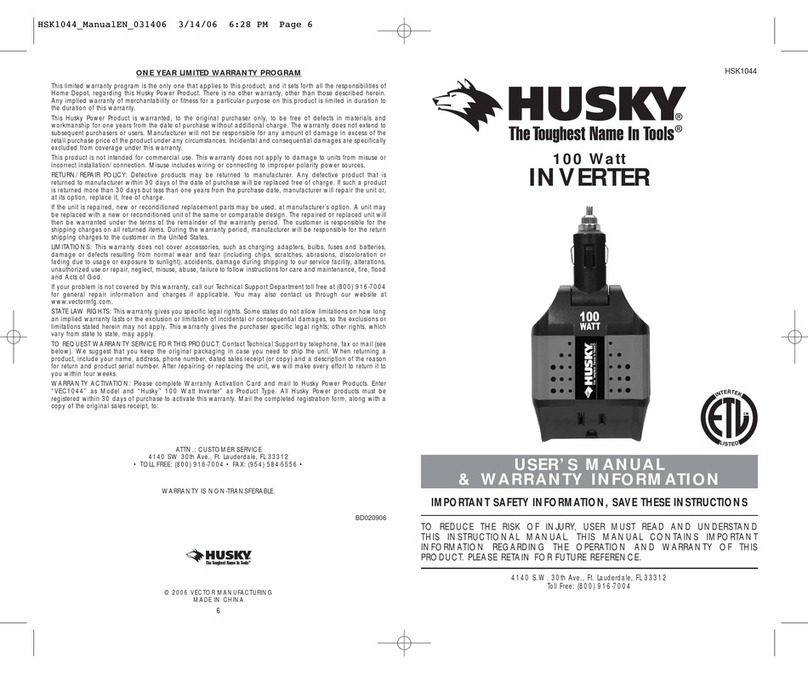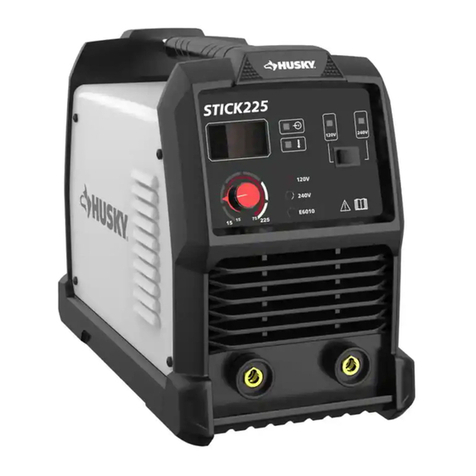
iv
Fig. 9
Fig. 10
A - Oil cap/dipstick (tapa de relleno de aceite/
varilla medidora de aceite)
B - Oil fill hole (agujero de llenado de aceite)
Fig. 11
A - Fuel cap (tapa del tanque de combustible)
B - Fuel tank (tanque de combustible) Fig. 12
A - Fuel valve (válvula de combustible)
B - Engine switch (interruptor del motor)
C - Recoil starter grip (mango del arrancador
retráctil)
Fig. 13
A - Fuel valve (válvula de combustible)
B - Off (apagado)
C - On (encendido)
Fig. 14
A - Move choke lever left to run (desplace
izquierda la palanca del anegador para poner
en marcha)
B - Move choke lever right to start (desplace
derecha de la palanca del anegador para
arrancar)
Fig. 15
A - Air filter cover (tapa del filtro de aire)
B - Latches (pestillos)
C - Filter element (elemento de filtro)
D - Air filter unit (unidad del filtro de aire)
A - Oil drainage bolt (perno de drenaje de aceite)
B - Oil cap/dipstick (tapa de relleno de aceite/
varilla medidora de aceite)
A - Spark plug cap (tapa de la bujía)
B - Spark plug (bujía)
b
A
bA
Ab
CD
A
b
A
b
A
b
Fig. 7
Fig. 8
A b
C
A
C
b



























